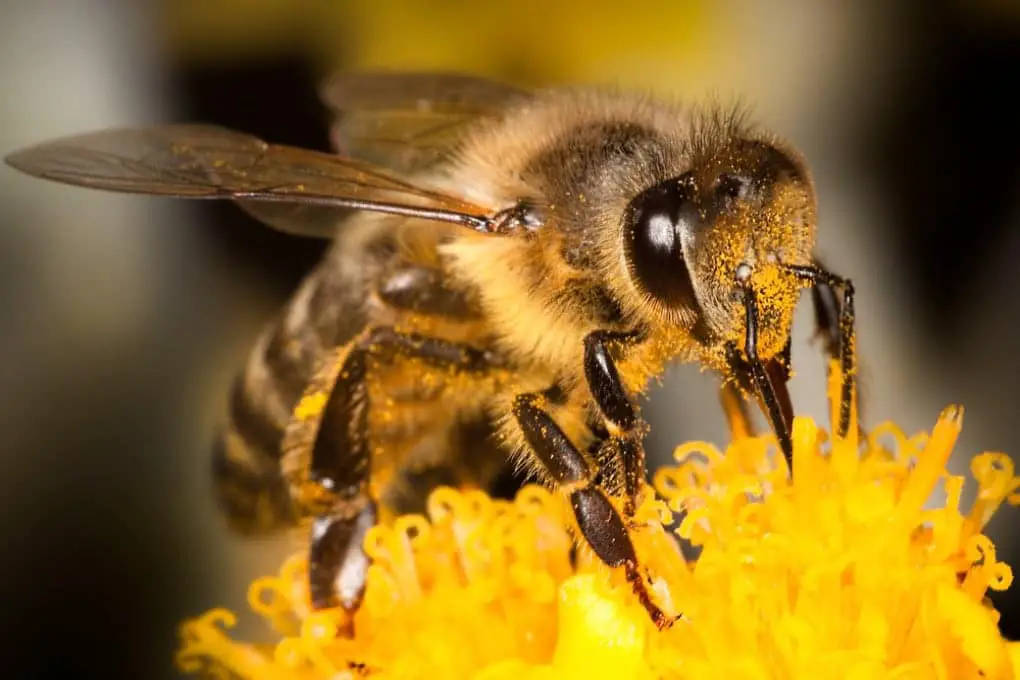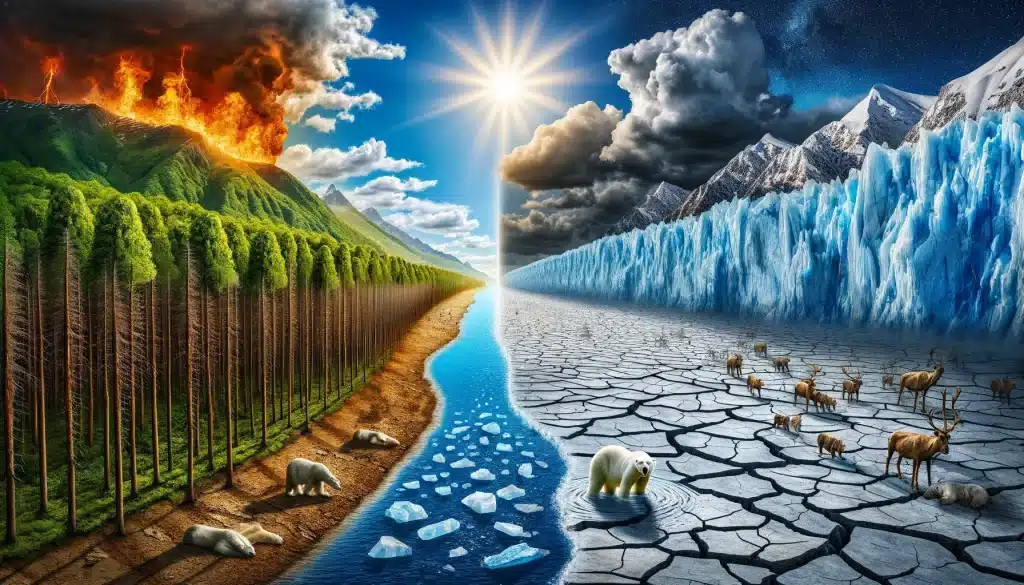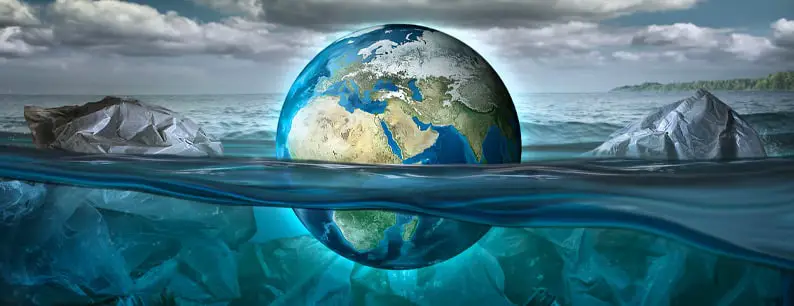A new study has explored the possibility of removing water from the air before it enters the stratosphere, where water vapor acts as a greenhouse gas, to mitigate the effects of climate warming.
Mitigate the effects of global warming
Water vapor in the stratosphere forms a sponge-like barrier that prevents heat radiated from the Earth from escaping into space. Now, scientists are exploring the plausibility of dehydrating this layer of the atmosphere to cool our warming planet.
The stratosphere extends between 7.5 and 31 miles (12 and 50 kilometers) above the Earth’s surface and sits above another layer of the atmosphere called the troposphere. Water that naturally circulates in the troposphere leaks into the stratosphere, but this loss is not uniform across the planet, according to a study published in the journal Science Advances .
“It turns out that most of the air is entering the stratosphere in the tropics,” said lead author Joshua (Shuka) Schwarz, a physicist at the National Oceanic and Atmospheric Administration’s (NOAA) Chemical Sciences Laboratory.
A small region over northern Australia appears to be particularly important in controlling the upward movement of air and water vapor.
“If we could do something just in that small area, maybe we could reduce the stratospheric water vapor to let out more infrared radiation [nello spazio]: That’s the basic idea,” Schwarz said of global warming.
Schwarz and his colleagues tested their idea using water vapor and temperature data from NASA’s Airborne Tropical Tropopause Experiment (ATTREX) campaign, as well as computer models that simulate the removal of water vapor from the air just before it enters the stratosphere .
Once in the stratosphere, air disperses from the tropics towards the poles for up to four years before returning to the troposphere. That’s why the most effective way to control water vapor is to capture it before it reaches the stratosphere. “We have a honey gate, where if we open it a lot of honey comes out, and if we close it, we stop the flow of honey,” said Schwarz, whose hobbies include beekeeping.

Water in the troposphere comes in the form of vapor or ice particles, Schwarz said. For water vapor to crystallize into ice – and plummet instead of entering the stratosphere – there must already be enough ice for the vapor to freeze, or so much water vapor that an ice cloud spontaneously forms.
In places where these conditions are not met, such as the Leaky Point above Australia, ice crystals can form around floating particles of mineral dust known as ice nucleating particles.
In the study, Schwarz and his colleagues explored the plausibility of seeding the air in the region above Australia with such ice-nucleating particles. “If we put in some particles that facilitate ice formation, then ice will form,” Schwarz said. “It will form a short-lived cloud that will fall to lower altitudes, quickly get warmer, probably evaporate, and now that air that’s going into the stratosphere no longer has that water.”
By repeatedly injecting particles “where it counts,” Schwarz hypothesizes that scientists could gradually dehydrate the stratosphere and offset one-seventieth of the warming caused by climate warming.
“It’s just a small step in the right direction,” Schwarz said, and the potential side effects are small, too. “Water vapor naturally changes in the stratosphere due to seasonal changes, and the amount we’re talking about is much less than the seasonal change.”

The details of the proposed strategy remain fuzzy. The models in the study assume the use of bismuth triiodide particles, a material that is also being considered for another type of climate engineering known as cirrus cloud thinning.
“There is a lot of concern about addressing climate warming,” Schwarz said. “What I think is that with greater understanding, we will be in a better position to make good decisions. We are learning about the possibilities and have not discovered anything that seems impossible.”
We can still stop the worst effects of global warming
The most advanced climate models show that global warming stops once we stop emitting carbon. This means there is still time to stop the worst impacts of climate change.
Early climate models were quite crude by today’s standards. The carbon dioxide levels were treated as a control knob that we simply set to a certain amount.
Because of the slow-moving nature of oceans, which can absorb large amounts of heat (what we call “thermal inertia”), simulations have shown that sea surface temperatures rise for decades even after we take our hands off controlling CO2. .
If thermal inertia were all there is, keeping climate warming below the “dangerous” level of 1.5 degrees Celsius (2.7 degrees Fahrenheit) would be nearly impossible, given that warming is already close to that level, at about 1.2 C (2.2 F).
Thermal inertia is only half the story. We don’t have our hands directly on the CO2 knob; instead, we emit CO2, and how Earth systems respond determines the levels of CO2 in the atmosphere. Part of the carbon emitted is absorbed by plants and terrestrial vegetation. An even larger amount is absorbed by the oceans.

To date, about half of the carbon pollution we have generated since the dawn of industrialization has been absorbed by these natural carbon sinks.
Nowadays, scientists use more complete and elaborate models that treat our carbon emissions more realistically, allowing components of the ocean, atmosphere, and biosphere to interact with the atmosphere to determine where it actually goes to finish the carbon emitted.
So, what do these more comprehensive models predict will happen when we stop emitting carbon? Thermal inertia of the oceans still leads to delayed climate warming. But the oceans continue to absorb carbon from the atmosphere and the concentration of atmospheric CO2 – and therefore the greenhouse effect – decreases, causing cooling. This negative “carbon cycle inertia” almost perfectly offsets the positive thermal inertia, and the net inertia of the system is very close to zero.
We call the additional climate warming that will occur once we stop polluting “zero emissions commitments” (ZEC), and it appears to be very close to zero. The ZEC suggests that we will only commit to reducing the warming we have already caused with historical emissions.
The fact that the ZEC is close to zero is why we can define a “carbon budget”, i.e. the amount of carbon that remains to be burned to keep warming below a specified level.
It is behind the well-known warning that we must reduce carbon emissions by 50% by 2030 and achieve zero emissions by 2050 to keep climate warming below the critical threshold of 1.5°C.
Although this paradigm shift in scientific understanding emerged more than a decade ago, public climate discourse has only recently reflected it. Perhaps scientists have been reluctant to publicize this discovery because it seemed weak, depending on highly technical details of the physics, chemistry and biology of the oceans, and how well they are all represented in current generation climate models.
In some models, the ZEC is positive and warming continues. In others, the ZEC is negative and cooling actually occurs after emissions cease. Uncertainty seemed to abound here.
In a study published in the journal Frontiers in Science, which I described in an accompanying editorial, nearly two dozen experts in climate and carbon cycle dynamics, led by Sofia Palazzo Corner of Imperial College London, provided the most completes an evaluation of the ZEC again.

They found that for at least the next 50 years the ZEC will be very close to zero across the entire cutting-edge model range.
And until we emit 3,700 gigatons of carbon – (we’ve already burned about 2,500 gigatons) – there’s good certainty that the average ZEC across models is not only close to zero but slightly negative (about 0.1 C of cooling). .
Although the ZEC varies between models, in all cases it is less than plus 0.3°C of additional climate warming. Given that we are currently at 1.2°C of warming above pre-industrial levels, this means that there is still a good chance of avoiding 1.5°C of global warming.
There are some caveats. Even after emissions reach zero, climate warming beneath the ocean’s surface will continue, ice sheets will likely continue to melt, and sea levels will likely continue to rise.
Ocean acidification will get worse, and possible surprises could be in store in a century or more. But the takeaway from the ZEC study is that our efforts to decarbonize now can directly and immediately slow surface climate warming and mitigate the heat waves, floods, droughts, wildfires and superstorms fueled by that warming.

How can we make sense of recent headlines, which seem more pessimistic, in light of this finding? One study estimated that we have only six years left before we are likely to exceed the 1.5°C threshold. But only if we don’t reduce emissions at all. This overly pessimistic outlook is belied by our significant progress in reducing carbon emissions.
What about the recent study led by the great James Hansen, sometimes called the godfather of global climate warming, which suggests that substantial further warming is in the works, enough to exceed our 1.5 and 2°C warming goals? The study’s hypotheses have been criticized for several reasons, including by me. But more significantly, Hansen assumes that carbon emissions will not be driven to zero.
So where does this leave us? The most pessimistic studies assume that we do not take the necessary actions. But in reality we decide how serious the climate warming crisis will be. There is still time to preserve our “fragile moment,” but the window of opportunity is narrowing. There is an urgent need to reduce carbon emissions. But there is still a role for us in acting.
#Climate #warming #dehydration #stratosphere #solution #combat
